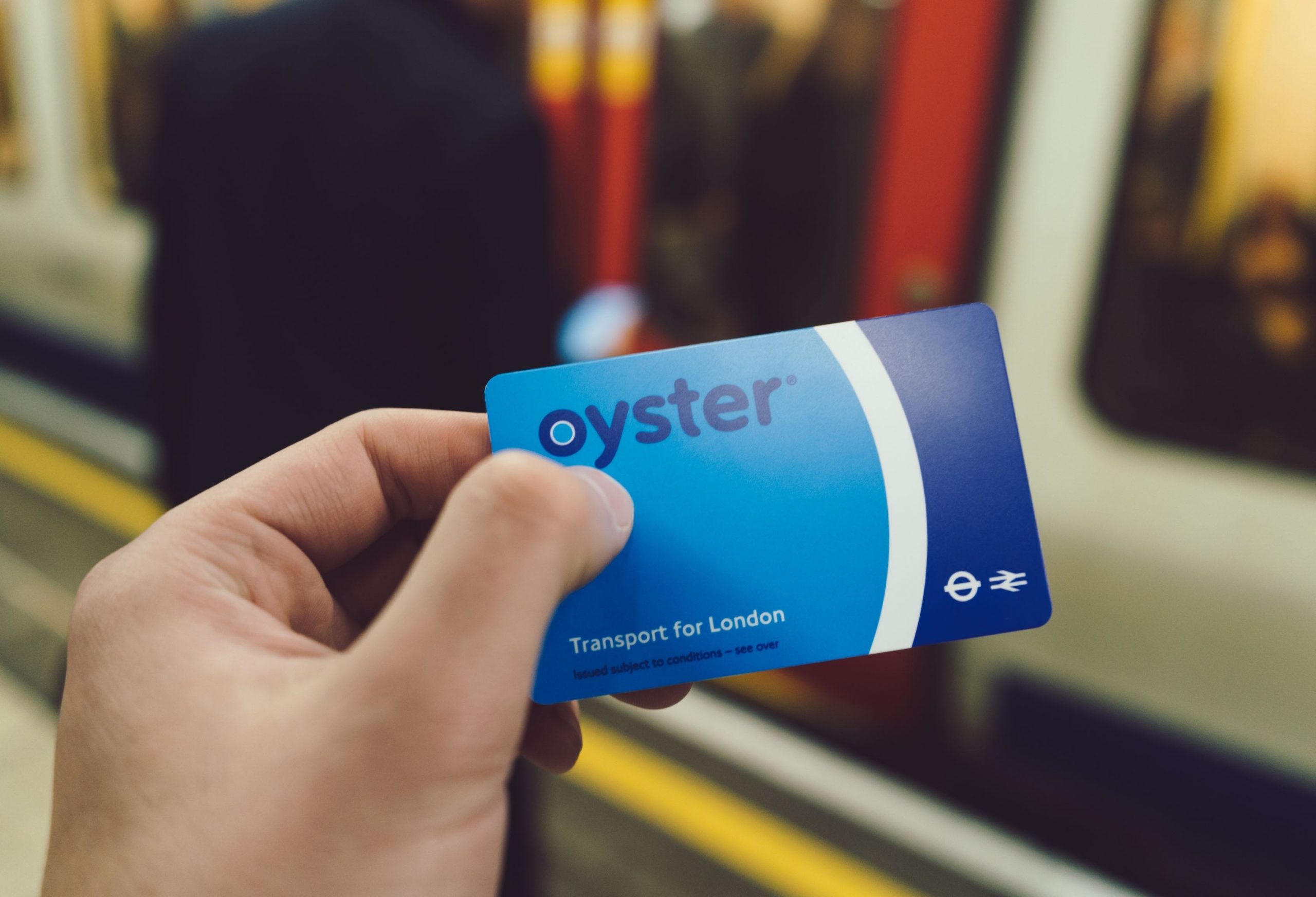
Article Highlights
Transport for London’s fare-collection system–long a showcase for contactless technologies–is not have an account-based ticketing system. That will change with TfL’s planned new contract, which will take effect in 2025.
Contactless accounts for 45% to 50% of all transactions, including season tickets, up from 35% to 40% before the Covid-19 pandemic. Most of the gains for contactless since 2014 have come from a drop in use of season tickets and passes, fueled at least in part by the launch of daily and weekly fare capping across all modes with contactless EMV.
Transport for London, which runs the largest open-loop fare payments system in the world, is gearing for a major upgrade of its revenue-collection contract, giving the authority its first account-based ticketing system.


















